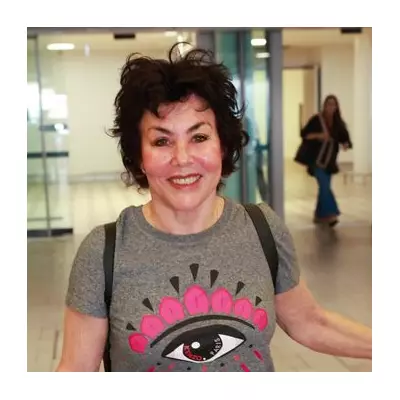
That sophisticated shade of grey you carefully selected for your living room walls might be doing more harm than good, according to leading interior design experts. While grey has dominated British home decor trends for years, creating what many describe as "greige" interiors, professionals are now sounding the alarm about its potential psychological impact.
The Great British Grey Obsession
For over a decade, grey has reigned supreme in UK homes, from London apartments to countryside cottages. The colour's versatility and modern appeal made it the go-to choice for homeowners and property developers alike. However, this widespread adoption might be coming at a cost to our collective wellbeing.
Why Grey Could Be Draining Your Energy
Interior design specialists point to several concerning effects of excessive grey in living spaces:
- Mood suppression: Prolonged exposure to grey environments can inadvertently lower energy levels and contribute to feelings of melancholy
- Lack of stimulation: The absence of vibrant colour can create sensory deprivation, leaving rooms feeling flat and uninspiring
- Seasonal amplification: During Britain's already grey winter months, grey interiors can intensify seasonal affective disorder symptoms
- Emotional neutrality: While grey promotes calmness, too much can create emotional detachment rather than comfort
Finding the Right Balance
This doesn't mean you need to immediately repaint every grey wall in your home. Design experts suggest several strategies for mitigating the potential negative effects:
- Incorporate accent colours: Introduce vibrant cushions, artwork, or accessories in warm tones to break up grey monotony
- Layer textures: Combine different materials like wood, metal, and textiles to add depth and interest
- Strategic placement: Reserve grey for areas where calm is prioritised, such as bedrooms, rather than social spaces
- Embrace colour psychology: Consider warmer neutrals or muted colours that promote both calm and positivity
The Future of British Interior Design
As awareness grows about the connection between our environments and mental health, design trends are gradually shifting toward more psychologically considered colour palettes. The move away from all-grey interiors represents a broader understanding that our homes should support rather than suppress our emotional needs.
While grey will likely remain part of the British design landscape, the key takeaway is balance and intentionality. By being mindful of how colour affects our daily mood and energy, we can create spaces that are not only aesthetically pleasing but genuinely supportive of our wellbeing.





